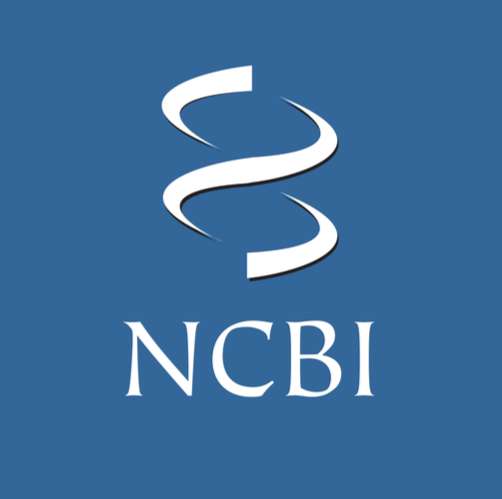Scleroderma
Scleroderma is a rare autoimmune condition causing the overproduction of collagen in the body.
Scleroderma, Explained
Dr. Collene Marizza Galeng, a Board-Certified Rheumatologist, gives a brief overview of Scleroderma in this short explainer video.

Quick Vocabulary
Some terms that can help you understand Scleroderma

Rare Disease
Rare Diseases are conditions experienced by less than 65 out of every 100,000 people living in a specific region.
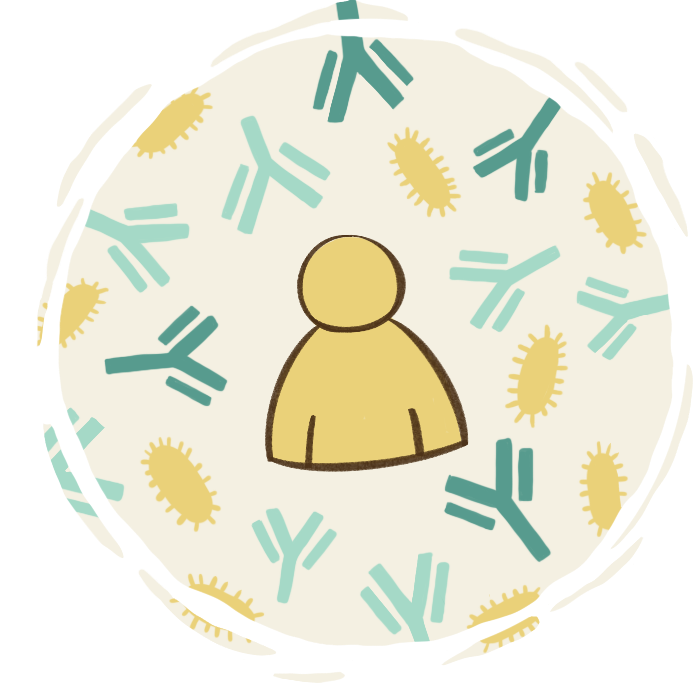
Autoimmunity
This is a condition where the immune system attacks the body instead of defending it from infections or disease.
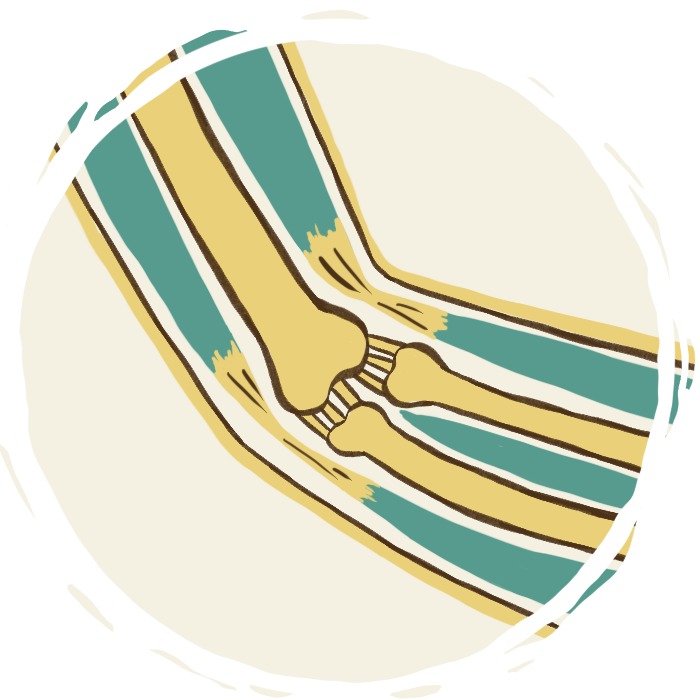
Connective Tissue
These are materials that hold together the body’s muscles, organs, and other tissues (ex. bone, skin, cartilage, tendon).
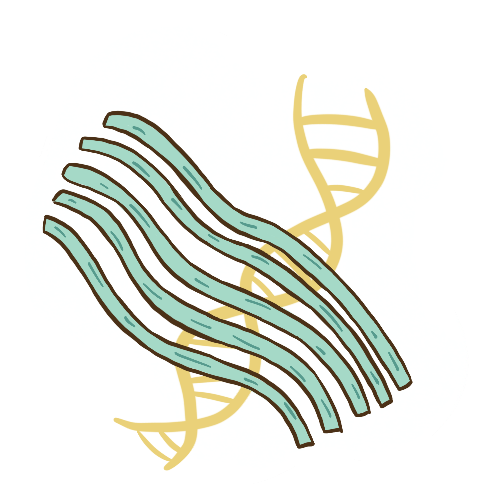
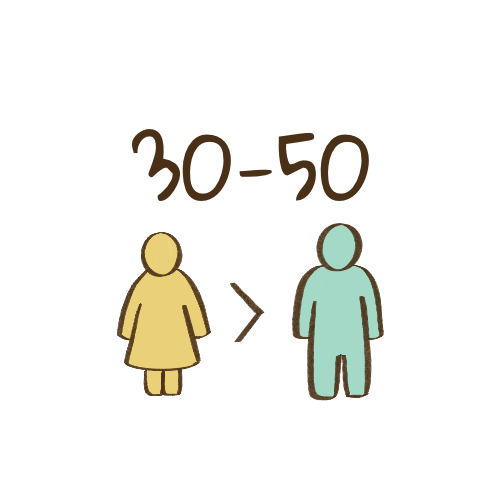
What is Scleroderma?
Scleroderma is a rare, autoimmune, connective tissue disease causing high amounts of collagen to build up in body tissues. This leads to fibrosis or hardening.
It is a rare and lifelong condition that primarily affects the skin. For some, it may affect several internal organs over time. It is often diagnosed in females aged 30-50 years old.


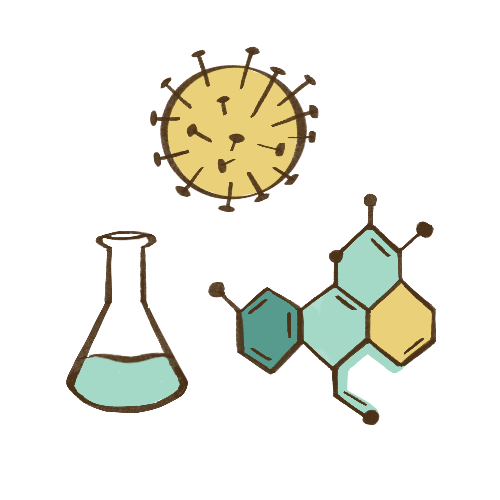
What can cause Scleroderma?
While the causes of Scleroderma are not fully understood, it is believed that a person becomes at risk of having the disease through the passing of genes associated with autoimmunity. Like other autoimmune diseases, it is most likely to occur in females.
A person with genes for Scleroderma can develop the disease through certain triggers. While the exact triggers are unknown, some sources point to certain viruses, stress and exposure to chemicals such as silica and organic solvents.
Scleroderma affects lives, and knowing about it can help build support for persons who have the disease.


Scleroderma affects lives, and knowing about it can help build support for persons who have the disease.


Localized
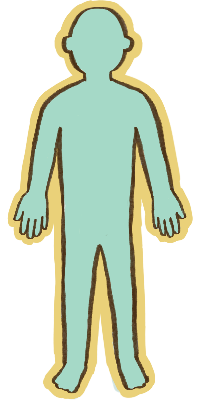
Systemic
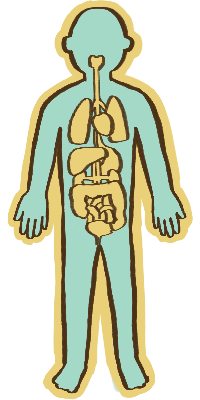
What are possible signs and symptoms of Scleroderma?
There are two kinds of Scleroderma – localized and systemic. Localized Scleroderma is most common, affecting primarily the skin. On the other hand, Systemic Scleroderma affects the skin and internal organs.
Skin changes are the most visible signs in a person with Scleroderma. The disease may be difficult to recognize because its symptoms may be similar with other diseases. However, a combination of symptoms can point to the possibility of having the condition.
The card section below shows possible signs and symptoms of Scleroderma. Keep in mind that these may occur in different stages of the disease.

Browse through the cards to learn more.
Swipe through the cards to learn more.
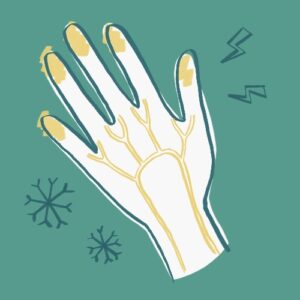
Raynaud's Phenomenon
This is the decrease in blood flow due to cold or stress, causing pain or tingling in the fingertips and changes in skin color from pale to bluish to red.

Finger Pitting or Ulcers
Prolonged low blood flow can create pitting or indentations and ulcers in the tips of fingers because of the limited blood supply.

Teleangiectasia or Spider Veins
These are visible small blood vessels usually found on the hands, face, mouth, and sometimes in the trunk. When pressed, they turn back to white.

Hand Swelling
Early in the disease, swelling of the hands may be observed. Often, this comes with dryness, itchiness, pain, and redness of the hands.

Skin Thickening
After the first swelling, the skin becomes thick like leather. Normal skin tissue is replaced by fibrous tissue, making the skin tight and less flexible.

Salt and Pepper Skin
Finely-distributed areas of lighter-colored skin in between the normal skin may be observed in some patients.
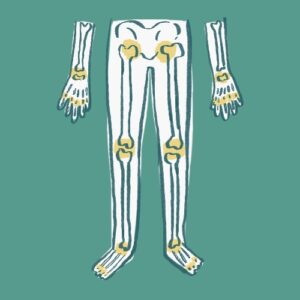
Joint Pains
Pain is most common in smaller joints such as the fingers, wrist, and ankles. However, pain in the larger joints can also be felt in some cases.

Movement Limitations
Limited movement is a result of joint pains, but is most commonly due to the thickening of the patient's skin.

Small Mouth Opening
Skin changes in the face cause tightness around the mouth and the thinning of the lips leading to a smaller mouth opening.

Digestive Problems
Abnormal movement of the digestive tract can cause several symptoms such as difficulty in swallowing, acid reflux, and fullness.

Difficulty of Breathing
Thickening of the lungs may cause difficulty in breathing because the lungs are unable to fully expand while breathing.

Raynaud's Phenomenon
This is the decrease in blood flow due to the cold or stress, causing pain or tingling in the fingertips and changes in skin color from pale to bluish to red.

Finger Pitting or Ulcers
Prolonged decrease in blood flow can cause pitting or indentations in the tips of fingers or ulcers because of the limited blood supply.

Teleangiectasia or Spider Veins
These are visible small blood vessels usually found on the hands, face, mouth, and sometimes, the trunk. When pressed, they turn back to white.

Swelling of Hands
Early in the disease, swelling of the hands may be observed. Often, this comes with dryness, itchiness, pain, and redness of the hands.

Skin Thickening
After the first swelling, the skin becomes thick like leather. Normal skin tissue is replaced by fibrous tissue, the skin is tight and less flexible.

Salt and Pepper Skin
Finely-distributed areas of lighter-colored skin in between the normal skin may be observed in some.

Joint Pains
Pain is most common in smaller joints such as the fingers, wrist, and ankles. However, pain in larger joints may also occur in some cases.

Movement limitations
Limited movement is a result of joint pains, but is most commonly due to the thickening of the patient's skin.

Small Mouth Opening
Skin changes in the face cause tightness around the mouth and the thinning of the lips leading to a smaller mouth opening.

Digestive Problems
Abnormal movement of the digestive tract can cause several symptoms such as difficulty swallowing, acid reflux, and fullness.

Difficulty Breathing
Thickening of the lungs may cause difficulty in breathing because the lungs are unable to fully expand.
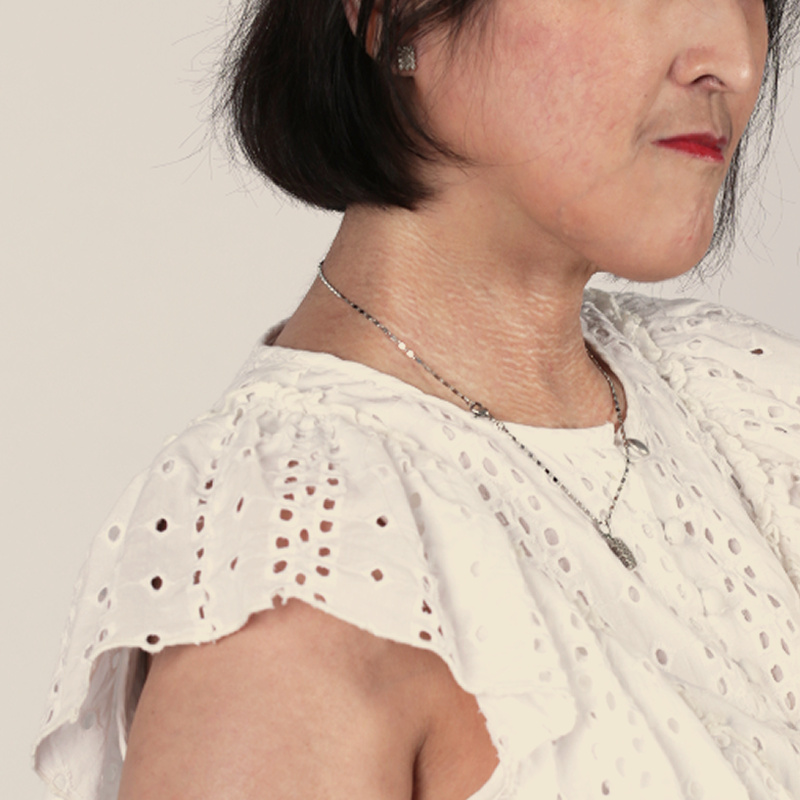
How will I know if I have Scleroderma?
The diagnosis of Scleroderma is confirmed through symptoms and laboratory tests. These tests typically require the extraction of blood to check for specific antibodies. Other exams may also be requested to check for internal organ involvement.
Early diagnosis is important for persons with Scleroderma. If you know someone who is experiencing the symptoms mentioned above, it is encouraged that they seek consult with a Board-Certified Rheumatologist.
Note: This will take you out of the Beyond Scleroderma website.
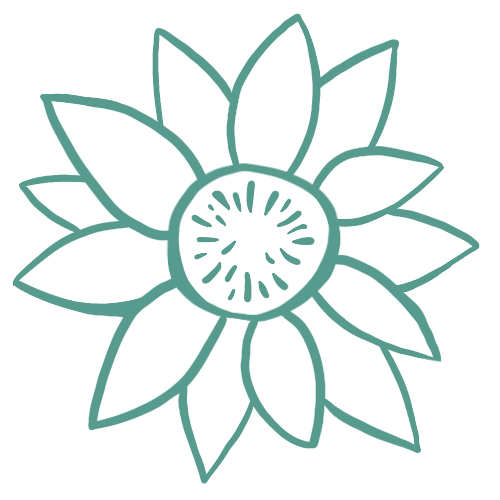




Is there a cure for Scleroderma?
There is currently no cure for Scleroderma, but taking prescribed medications and applying lifestyle changes can relieve symptoms and slow disease progression.
Patients may also experience periods called remission, where one may feel generally well, as if without the disease.
Still, it is important to maintain regular check ups and to follow the doctor’s advice. Self-medication with other medications, herbal treatments, or alternative medicine is also discouraged as it may cause harm to patients.






Interested in learning more?
Click on the icons below to be directed to other trusted sources on Scleroderma.
© BEYOND SCLERODERMA, 2025
CONTACT US
National Capital Region, Philippines
scleroderma.awareness.phils@gmail.com



© BEYOND SCLERODERMA, 2025

CONTACT US
National Capital Region, Philippines
scleroderma.awareness.phils@gmail.com
Developed and designed by: Beyond Scleroderma Team








